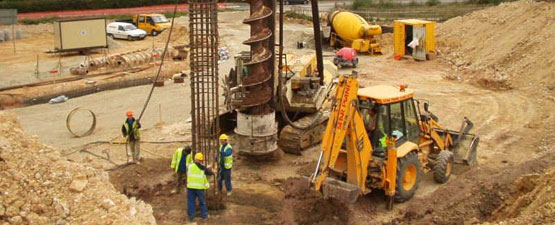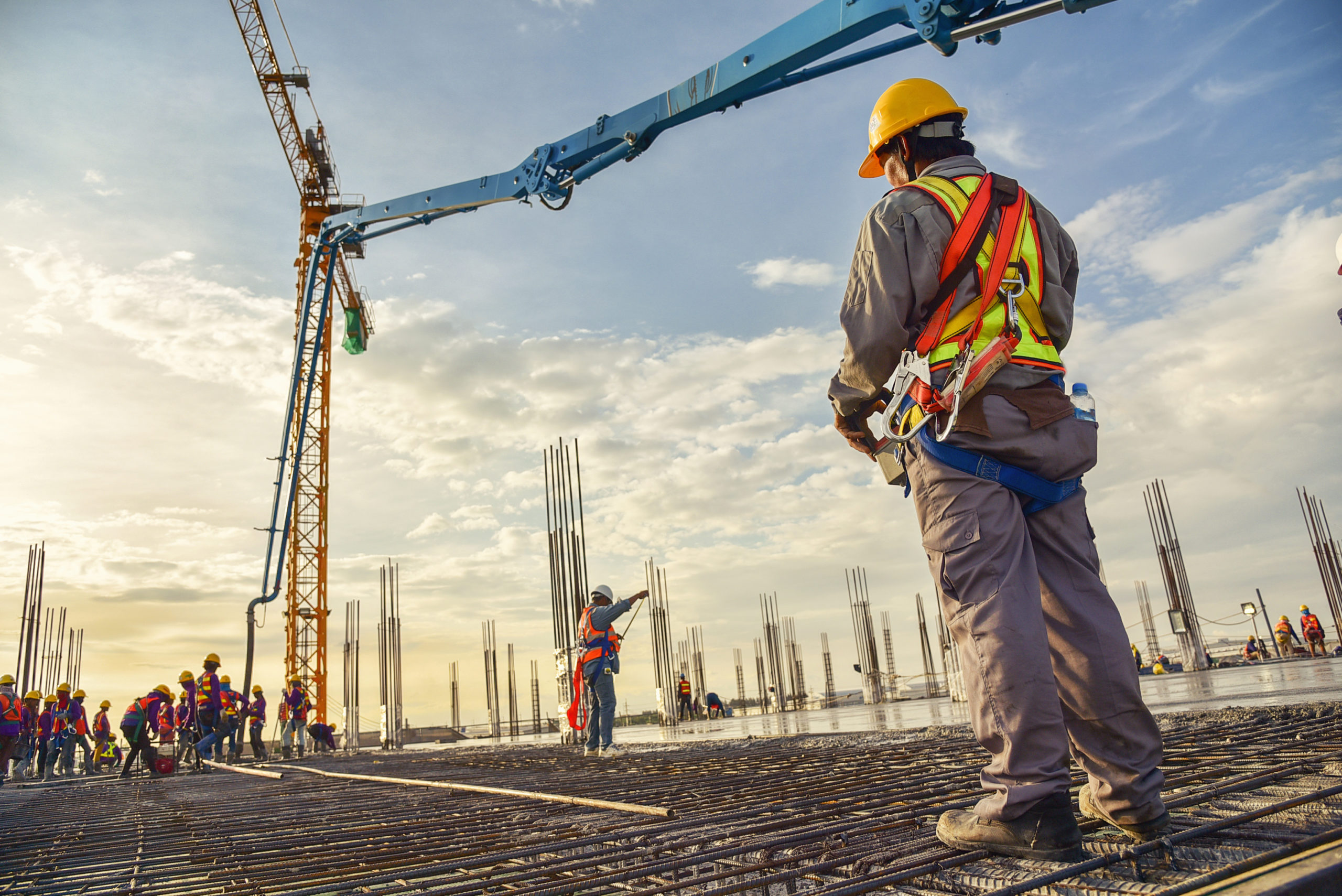How Consulting Engineers Enhance Geotechnical Engineering Projects: Insights Into Their Know-how, Methods, and Collaborative Approaches
Consulting engineers are essential in boosting geotechnical engineering jobs, using their specialized knowledge to navigate the intricacies of subsurface conditions. Their collective strategies foster communication among varied task stakeholders, inevitably shaping the job's trajectory.
Duty of Consulting Engineers
The knowledge of getting in touch with engineers in geotechnical engineering is basic to the effective implementation of building and construction tasks. These professionals play a crucial role in evaluating soil and rock residential or commercial properties, which are important factors influencing style and building and construction choices. By conducting extensive website examinations, consulting designers accumulate essential data that informs the design process, guaranteeing projects are developed on secure and ideal ground.
Consulting designers likewise supply vital understandings right into risk management (geotechnical geologist). They recognize potential geotechnical hazards, such as landslides, soil liquefaction, and settlement problems, allowing stakeholders to execute effective mitigation approaches. Their proficiency help in maximizing structure styles, which can result in significant cost financial savings and enhanced safety
Furthermore, consulting designers offer as an important link between project proprietors, designers, and specialists. Their capability to translate intricate geotechnical information right into actionable recommendations cultivates partnership and facilitates educated decision-making throughout the job lifecycle. This multidisciplinary method not just boosts job efficiency yet likewise ensures conformity with regulative standards and ideal practices.
Trick Approaches in Geotechnical Design

One key approach is website investigation, which includes carrying out area examinations and research laboratory analyses to gather information on subsurface conditions. Methods such as Requirement Infiltration Screening (SPT) and Cone Infiltration Screening (CPT) are extensively made use of to evaluate soil stratigraphy and strength. Furthermore, geophysical techniques, including seismic and electrical resistivity studies, offer non-invasive ways to examine subsurface attributes.
An additional essential technique is mathematical modeling, which allows engineers to imitate numerous circumstances and forecast just how soil-structure communications will certainly act under different loading conditions. Finite Element Evaluation (FEA) is an usual strategy employed in this context.
Moreover, the layout of structures, preserving frameworks, and earthworks depends heavily on these methods - geotechnical geologist. By integrating sophisticated analytical devices with area information, getting in touch with engineers can develop customized remedies that attend to particular project obstacles, inevitably contributing to the security and safety and security of building and construction jobs
Value of Soil Evaluation
Dirt analysis offers as a foundational element review in geotechnical design, offering necessary insights right into the physical and chemical residential properties of soil needed for effective building and construction preparation. Comprehending dirt qualities is crucial for identifying its load-bearing ability, drain habits, and possibility for negotiation or instability. Detailed soil examinations, including sampling and research laboratory testing, aid identify specifications such as dirt type, wetness web content, thickness, and shear toughness.
These analyses notify the option of ideal building strategies and products, eventually influencing task safety and durability. As an example, natural soils may call for different foundation styles contrasted to granular dirts, demanding tailored engineering options. Dirt evaluation aids in determining pollutants that might present threats to human health and wellness or the setting, enabling for the advancement of reduction methods.
Incorporating dirt evaluation right into the beginning of job growth aids to decrease unpredicted obstacles, making certain that designers can prepare for and attend to potential issues prior to they rise. By establishing internet a detailed understanding of the site conditions, speaking with engineers can enhance layout efficiency and minimize costs, thereby enhancing the overall success of geotechnical design jobs.
Collaborative Approaches in Tasks
Successful geotechnical projects often rest on joint techniques that combine varied expertise from numerous self-controls. Efficient partnership among getting in touch with designers, geologists, ecological scientists, and building and construction experts is essential for addressing complicated challenges and maximizing project end results. By leveraging the distinct skills and knowledge of each employee, jobs can benefit from an alternative understanding of the website conditions, regulative requirements, and design restraints.
Routine interaction and interdisciplinary meetings assist in the sharing of understandings and foster a society of synergy. These collective initiatives enable the identification of possible risks early in the project lifecycle, enabling prompt mitigation methods. In addition, incorporating comments from stakeholders, consisting of local areas and regulative firms, makes sure that all viewpoints are considered, improving task approval and compliance.
In addition, the combination of sophisticated modern technologies, such as Geographic Details Equipment (GIS) and Building Information Modeling (BIM), further enhances partnership. These devices permit the real-time sharing of information and visualization of geotechnical problems, advertising notified decision-making. Eventually, a collaborative technique not just enhances job implementation however likewise lays the foundation for innovative services to complex geotechnical engineering challenges.
Impact on Project End Results

Consulting designers use sophisticated methodologies such as danger assessment and anticipating modeling, which enhance the precision of job projections. Their ability to incorporate innovative innovations, like geotechnical instrumentation and information analytics, even more improves the style and building and construction processes. Therefore, projects experience enhanced performance, reduced prices, and decreased delays.
Moreover, promoting reliable interaction and collaboration among staff member boosts analytical capabilities. When difficulties occur, an unified front permits speedy recognition of remedies, protecting against possible troubles. Eventually, the collective efforts of consulting engineers add to better results, guaranteeing that projects satisfy both regulative standards and customer assumptions.
Conclusion
